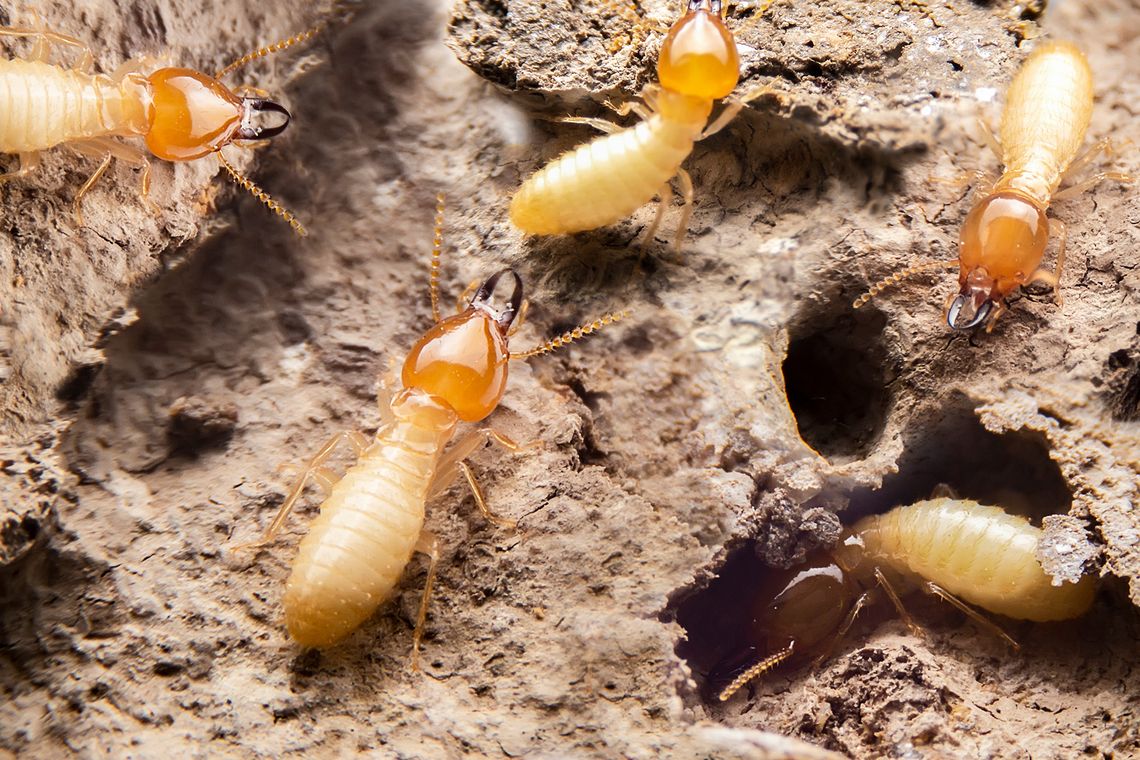For most homeowners, our house represents our largest single investment, and we want to do what we can to protect it from things that can damage it. We have home insurance that protects it against hazards such as fire, wind, hail, and flood, but it does not protect it against termite damage.
This is something we must do ourselves, by making sure the building has been properly treated for termites and by avoiding situations that make it more likely to be infested by termites. In a professional pest control industry, these are known as “conducive conditions”. The following are some examples of some of the most common termite conducive conditions:
*Failing to have the home professionally treated for termites
*Failing to treat any new addition to your home.
*Failing to have the home retreated after an activity that disturbs the band of treated soil around the house. This includes any activity that moves soil away from treated area or any activity that moves soil mulch, leaf litter, or pine straw over the treated band of soil.
*Destroying or disturbing bait stations and not having them replaced.
*Failing to maintain a minimum 6-inch clearance from soil to lower edge of siding. Any activity that results in soil, mulch, leaves, or pine straw being in contact with any wood part of the house or with siding or insulation. This will provide an entry point for termites.
*Moisture problems due to plumbing leaks, or condensation. Excessive water accumulation against the foundation or over the treated soil can leach, break down, or wash away the termiticide or interfere with the bait stations. This water can be from poor drainage, gutter downspouts, air conditioner condensation, leaky faucets, or excessive irrigation.
*Not having the building properly treated for termites and not having the building properly inspected for termites.
*Adding onto the building or adding a patio or deck and not having the building or area retreated.
*Allowing soil to contact siding or any wood portion of the house
*Having inadequate ventilation under the houses with crawl spaces.
*Digging or tilling in the treated soil band.
*Adding raised flowerbeds against the outer wall of the house.
*Stacking firewood or lumber against the house.
*Planting shrubs or flowerbeds too near the foundation. This makes inspection difficult.
* Allowing trees to grow too close to the house, where roots can grow under the foundation.
*Removing or replacing treated soil when installing plumbing or utilities.
*Letting water from the air conditioner or leaky faucets drip onto treated soil band.
*Excessive irrigation water leaching through treated soil band, and drainage issues, which allow water to pool against the foundation. Moist wood due to plumbing leaks, structural leaks, or condensation. Leaks and moisture problems are major termite risk factors.
There are a lot of things one can do, neglect or fail to do that can make a building more susceptible to termites. Again, these are called conducive conditions, and some conducive conditions can even allow termites to infest buildings that have been properly and recently treated. Treating for termites is not a do-it-yourself job, but recognizing conductive conditions and getting them corrected is.
To protect your home against termites, make sure you know when it was last treated for termites by a professional pest control company and that the treatment is still effective. Some termiticide treatments applied to the soil can last ten years or longer if the treated soil is not disturbed, but these termiticides will break down over time requiring that the building be retreated. Termite bait stations can also provide long-lasting protection, as long as they are checked and serviced regularly. It is critical to make sure your house is properly treated for termites, but conductive conditions can result in termite attacks, even in buildings that have been properly treated. Termite damage can be costly, so we need to be aware of conductive conditions and take steps to avoid these.
Source: What Homebuilders Need to Know about Termites, Mississippi State University Extension, Publication 2765 Termite Conducive Conditions, Mississippi State University Extension, Dr. Blake Layton, Bug’s Eye View No 22


Comment
Comments